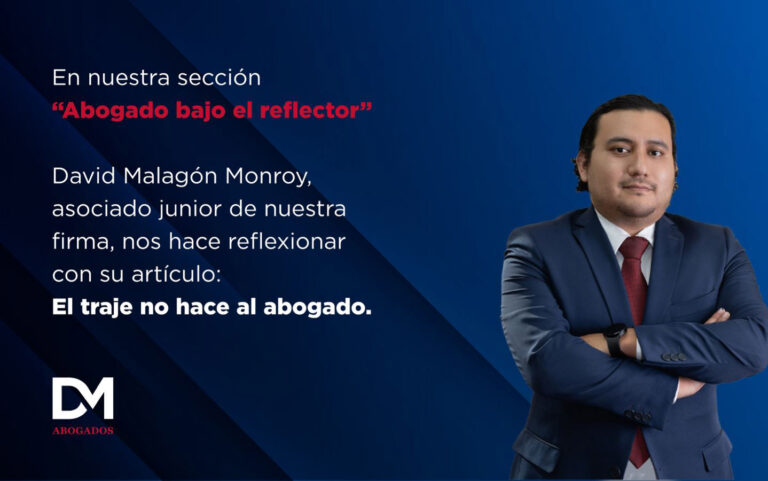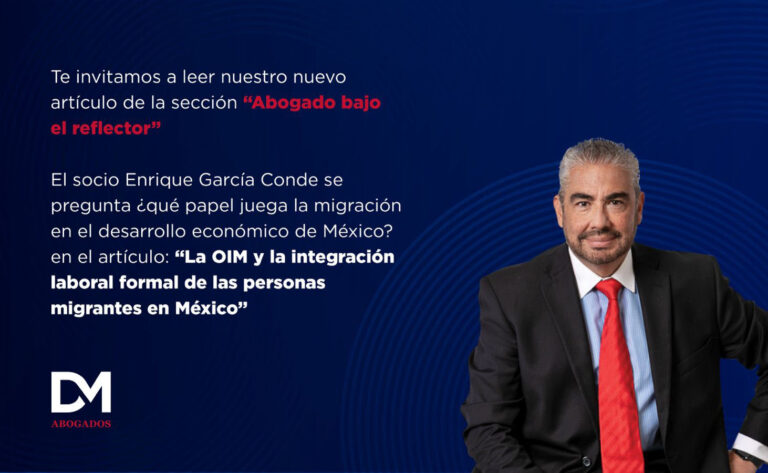One of the determining factors of the work climate and the sustainability of an organization is the quality of its leadership, the extent to which the people who are responsible for human teams are able to connect, communicate and generate trust, the higher the possibility of obtaining better results and healthy work environments.
However, it is contradictory how in some organizations this works the other way around, as the greater the leadership responsibility that an executive has, the lower the demands for leadership quality. There are many examples, one if the most sensitive ones is in relation to management teams that do not receive appropriate feedback on their contribution or recognition for a job well done. Assuming that these directors “must be capable of self-motivation and self-knowledge” does not eliminate the responsibility of the CEO to manage the human processes that correspond to him.
On the contrary, the extent to which the business leader is consistent with the behaviors that are expected from any other supervisor in the company,is the extent in which the possibility of this becoming a culture increases.
On the other hand, we must acknowledge that the quality of leadership training is very low; usually, when we speak about training programs on people management skills (or soft skills, as they were formerly called), companies ended up conducting generic courses that sought to provide basic or first aid tools to those who had people under their responsibility.
The problem with these courses is that they are usually conceptual and do not respond to reality or to the challenges faced by those who truly need concrete answers for managing people. I even dare to think that these courses are often taught by people who enjoy teaching but who also have problems in their own leadership.
What do we do, then? Fortunately, the tools have evolved; nevertheless, before investing in courses and workshops, let us review the basics of the people management process:
- The reality of each team is unique and the leader must be capable of mapping both the differences and the requirements for managing each member of the team. And this applies from the CEO to any leader in the organization. Situational leadership, 360 evaluations or competencies simulation, among others are tools that can be used, with technology or by old school methods, the important thing is for the leader to make a careful diagnosis of his team and is capable of placing each collaborator in the development level and need for direction quadrants, thus enabling him to apply the correct formula with each person.
- It starts with the purpose, the business mission is not what gets me out of bed in the morning, what gets me out is the meaning that what I do in the organization has for me, from selling a soda to building a car. We leaders are responsible for helping our team understand how their contribution “saves the world”. And this task starts with the CEO. If he is capable of translating the purpose of the organization into a trascendental purpose that has meaning at a personal level, he will be able to generate an unstoppable force and energy, that will become a competitive advantage for his business, what task could be more important than this.
- You can take all of the training courses available, even the most sophisticated ones, but if feedback, recognition and valuing people do not become practices and a culture that are exercised authentically starting with the CEO, it is highly probable that all of the investment that you may make will be for nothing. A change in behavior becomes sustainable when you train people and then you ensure that they see, on a day to day basis, that these are habits that are expected from them by the organization and that, when they are exercised or they fail to be exercised, this has a natural consequence or reward in the culture .




